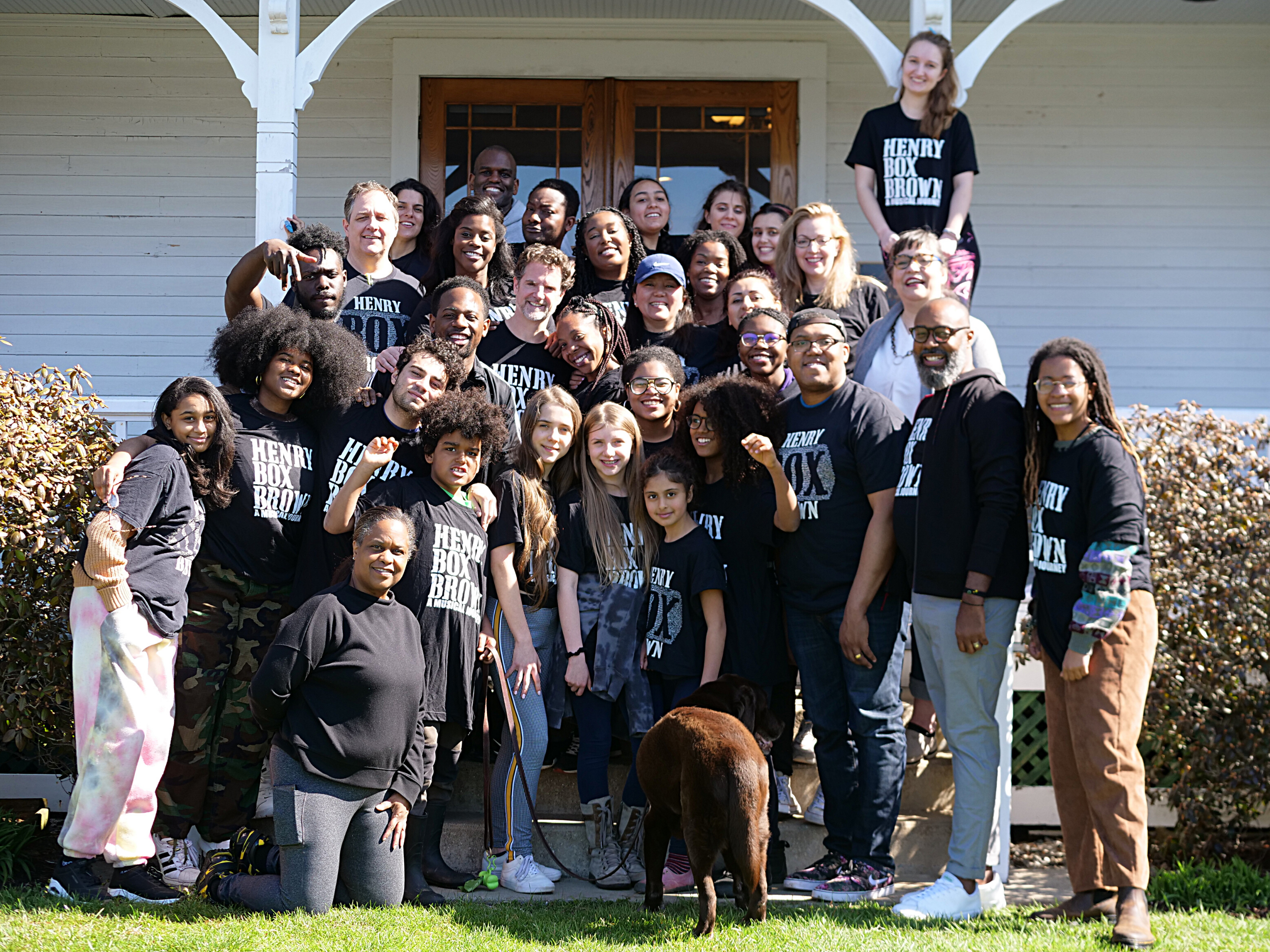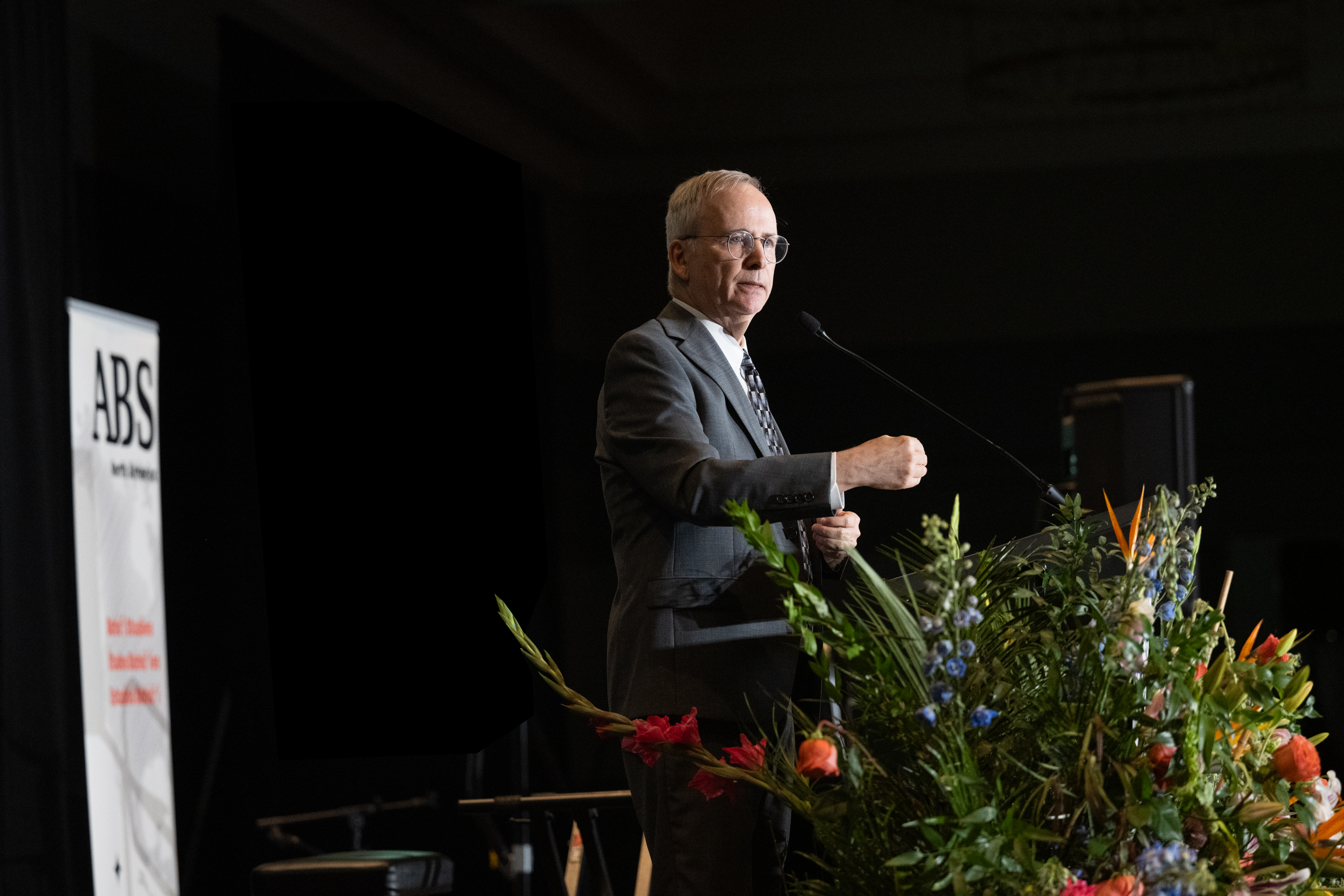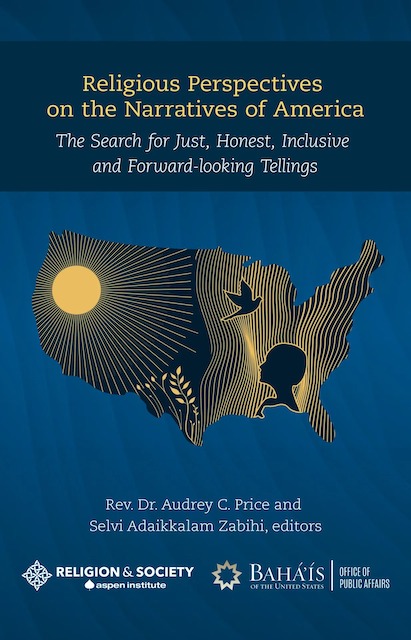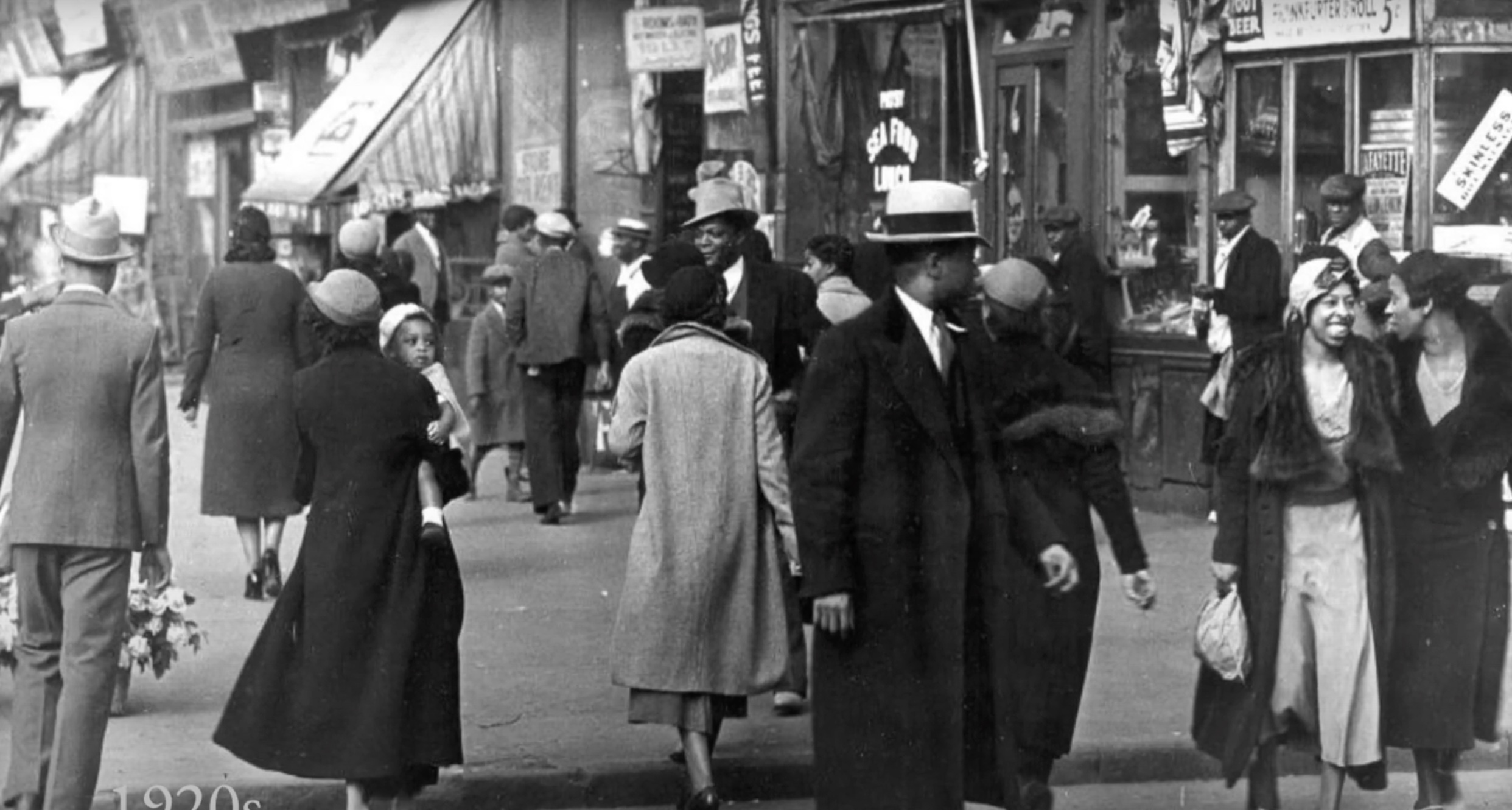
Sadie Oglesby and the ‘pupil of the eye’
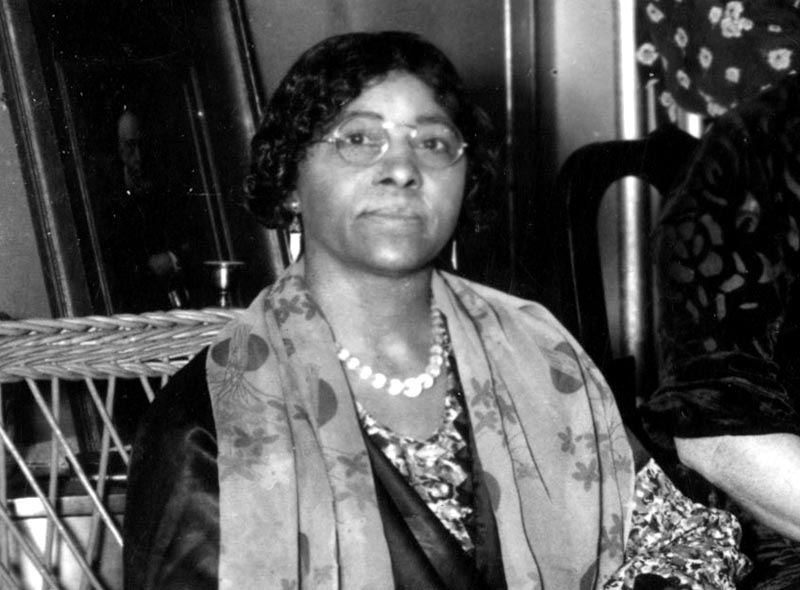
A 1927 conversation between African-American Baha’i Sadie Oglesby and Shoghi Effendi, head of the Baha’i Faith at the time, underscored for Barbara Talley the spiritual station of black people.
Talley, a Baha’i in Gaithersburg, Maryland, was the driving force behind the November 2019 ARISE Pupil of the Eye Conference in Nashville, Tennessee.
The conference was held to foster understanding that black people are likened in the Baha’i writings to the “pupils of the eye,” from which all vision emanates. And to advance its corollary, that African Americans have a unique contribution to make in America fulfilling a destiny to lead the world spiritually.
But Talley admits, “I have been a Baha’i for almost 40 years and have heard the words ‘pupil of the eye’ for decades, and yet it is only now that I am just beginning to understand what that really means.
“Not having that much depth about the biology of the eye, I just thought that the pupil was just a part of the eye, just like the white, with the same importance for vision,” says Talley. “But I’m learning now that I have been largely ignorant of our unique designation and station as ‘pupils of the eye.’”
As Talley understands it, “The pupil is essential for light, and without the pupil the person is blind. Humanity is in need of this light, which only the dark people can provide” to fulfillment of America’s destiny.
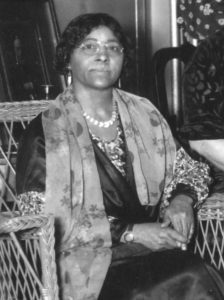
The term “pupil of the eye” originates with Baha’u’llah, prophet-founder of the Baha’i Faith, as Shoghi Effendi noted in The Advent of Divine Justice. That book quotes ‘Abdu’l‑Baha, son of Baha’u’llah, as stating that Baha’u’llah “once compared the colored people to the black pupil of the eye surrounded by the white. In this black pupil is seen the reflection of that which is before it, and through it the light of the spirit shineth forth.”
‘Abdu’l-Baha also wrote to an African-American Baha’i: “Thou art dark in countenance and bright in character. Thou art like unto the pupil of the eye which is dark in color, yet it is the fount of light and the revealer of the contingent world.”
In 1927, Sadie Oglesby was the third person of African descent to make a pilgrimage to the Baha’i holy places in what is now Israel. Born in North Carolina, she was part of Boston’s Baha’i community and an elected member of its Spiritual Assembly, or governing council.
In a report to that year’s Baha’i National Convention, says Talley, Oglesby described a conversation in which Shoghi Effendi asked why so few black people had embraced the Faith.
Oglesby told Shoghi Effendi that African-American Baha’is have “knocked on so many doors to try to find the spirit of universal brotherhood. They hear the call and they listen, and they are looking for light, and the minute they see the light, they will turn and go … [to that light].”
In Oglesby’s account, Shoghi Effendi replied that African Americans must embrace the Baha’i cause not just for their own sake but “for the sake of the whole well-being and harmony and safety of the world, and for establishing the Kingdom of God on earth.”


